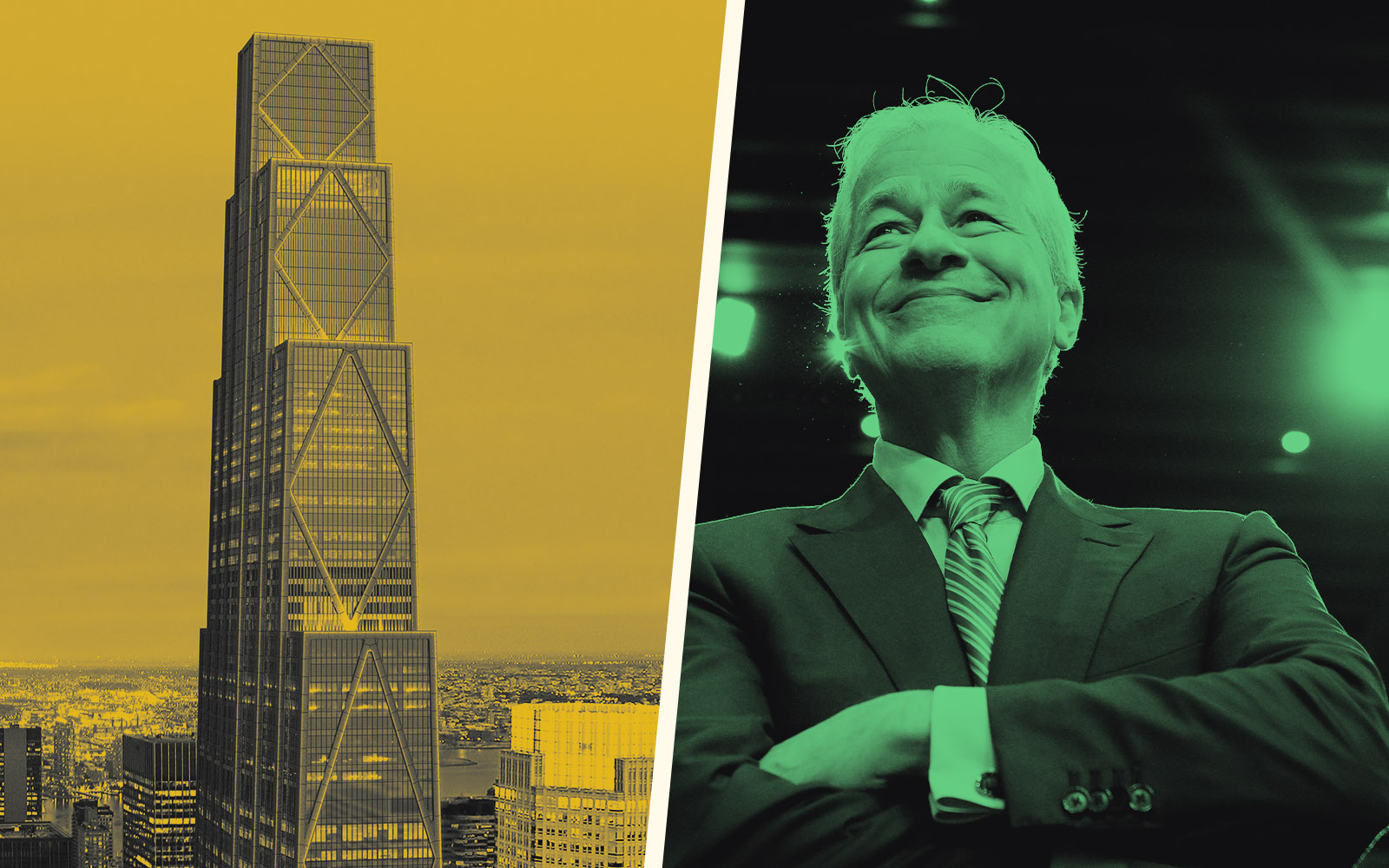The fire emblazing Manhattan’s office market can be seen through the prism of so-called “FIRE” tenants.
Finance, insurance and real estate tenants have scaled back on their pre-pandemic office holdings in recent years, the Commercial Observer reported. That’s less than ideal for a city historically powered by some of those industries, especially finance.
From the three years prior to the pandemic to the four years most immediately impacted (2020 to 2023), square footage of renewals and extensions among FIRE tenants declined 27 percent, according to CompStak. They accounted for 3.8 million square feet of deals from 2017 to 2019, but only 2.8 million square feet in the four succeeding years.
Expansions, pre-leases of spaces under construction and new deals also declined in the last 10 years for the sector, falling almost 20 percent from 7.4 million square feet to 5.8 million square feet.
The finance industry factors in larger to the FIRE equation than any other, accounting for 67.4 percent of the sector in the last 10 years, according to CBRE.
FIRE tenants aren’t the only ones backing away from offices post-pandemic, which is why Manhattan’s office vacancy rate has hovered around record highs for years. But there are some emerging subsets of the sector, such as private equity, that help the FIRE sector retain a vital role in the office landscape.
Read more



“While FIRE’s totals are down, just as leasing is overall for office space, FIRE is accounting for a higher share of activity than it did historically, and it seems to me that would be a brighter spot if you’re an office landlord,” CompStak economist Alie Bauman told the Observer.
There may be more good news coming from the sector soon. Last month, Citigroup, Barclays and HSBC started pushing for workers to return to the office five days a week. The Financial Industry Regulatory Authority is expected to reimpose pre-pandemic work monitoring rules soon, which could force more finance institutions back to the office full-time.
